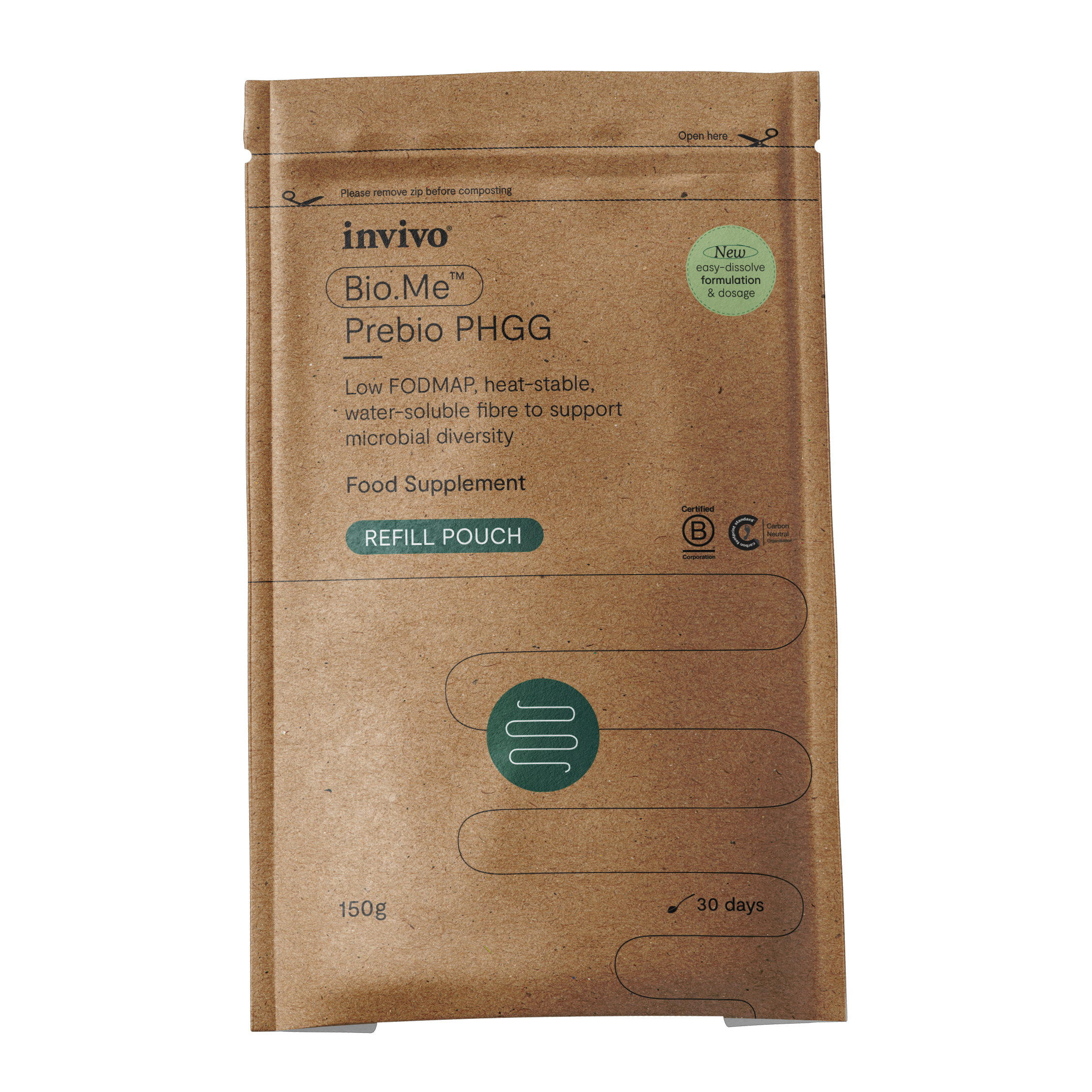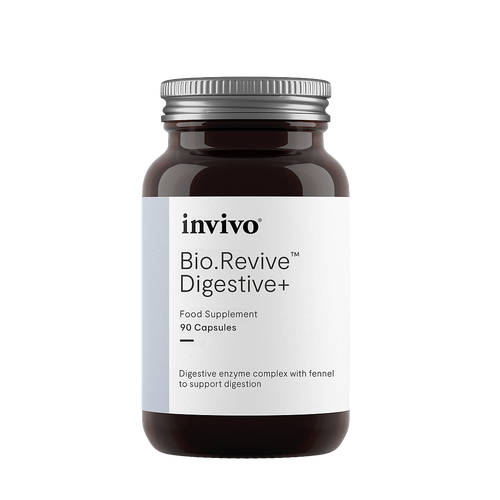Food Sensitivity Beyond Gluten Part 2 Salicylates

Food Sensitivity Beyond Gluten – Part 2: Salicylates
Undiagnosed food sensitivities can affect every part of the body. Symptoms may manifest in the cardiovascular, digestive, respiratory, reproductive, and nervous systems, as well as influence mood and behavior. In part 1 of this series, we explored histamine intolerance, and the seemingly unconnected and diverse symptoms that may result. Here, we will look at sensitivity to salicylates—another compound that may be hindering optimal health in those who have already eliminated gluten, dairy, and other more common food allergens from their diet, but who continue to experience unresolved symptoms.
Salicylic acid (salicylate) is produced by plants as part of their internal chemical defense against pathogens and environmental stress. The willow tree was one of the first places it was identified, and this ancient discovery still resonates today, in the form of aspirin. The medical use of salicylate–rich preparations derived from willow bark as pain relievers and fever reducers–dates back thousands of years. Salicylate may also play a role in fighting cancer. Many vegetables, fruits, herbs and spices are high in salicylate, which may be a contributing factor in why diets rich in plant foods are associated with lower risks for cancer. However, estimates of dietary salicylate intake vary widely, from 0.4 to 200 mg/day, and it is unknown how great an effect salicylate might have on disease processes. Some ethnic cuisines rely heavily on plant foods and employ specific herbs and spices that are high in salicylate, while other cultural diets, including the standard Western diet, are generally lower in salicylate. Some researchers suggest that the known protective effects of aspirin may have resulted in an emphasis on the importance of dietary salicylate, when other bioactive compounds in plant foods may play a greater role in supporting health.
part of their internal chemical defense against pathogens and environmental stressSalicylate may also play a role in fighting cancer.the known protective effects of aspirin may have resulted in an emphasis on the importance of dietary salicylate
Whatever the degree to which salicylate may be beneficial, there are individuals who display sensitivity to it, and who are best served by reducing consumption of high-salicylate foods. Salicylate sensitivity, like histamine intolerance, may result in a wide range of symptoms. These include asthma, rhinitis, nasal polyps, chronic gastrointestinal irritation, and urticaria. These are triggered by the effect of salicylate on cyclooxygenase (COX) enzymes. Aspirin is a well-known COX inhibitor, and dietary salicylate has a similar, if less pronounced, effect. Salicylate reduces the synthesis of inflammatory prostaglandins, but in those with a salicylate sensitivity, basophils, eosinophils, macrophages, mast cells, platelets and lymphocytes are activated, which contributes to the allergic-type responses after consumption of salicylate-rich foods. (“Aspirin-induced urticaria” causes or exacerbates hives in up to 20% of patients with chronic urticaria.)
asthma, rhinitis, nasal polyps, chronic gastrointestinal irritation, and urticariabasophils, eosinophils, macrophages, mast cells, platelets and lymphocytes are activated,causes or exacerbates hives in up to 20% of patients with chronic urticaria.
Among the foods highest in salicylate are fruits (especially berries and dried fruit), tea, canned and concentrated tomato products, and popular herb and spices, such as curry powder, paprika, turmeric, oregano and rosemary. As is the case for foods that are high in histamine, people following healthful and nutritious diets may be consuming these salicylate-rich foods on a regular basis—particularly berries, which are suitable for low-carb, Paleo, and vegetarian diets alike, and turmeric, which has received a lot of attention for its health-promoting effects. Individuals with undiagnosed salicylate sensitivity may be intentionally consuming large amounts of these foods, and be unknowingly stymying their efforts to achieve their best health.
Salicylates are present in other substances that might not immediately be thought of as “foods,” but which may exert negative effects in sensitive people when consumed in large amounts. As an interesting example, a case study revealed that heavy ingestion of mint candies, which are high in salicylate, may trigger sensitivity symptoms.
ingestion of mint candies, which are high in salicylate, may trigger sensitivity symptoms
Meat, poultry, seafood, eggs, cereal grains and dairy contain negligible amounts of salicylate, provided they are not pre-seasoned and don’t contain preservatives or flavorings that may be high in salicylate.
Meat, poultry, seafood, eggs, cereal grains and dairy contain negligible amounts of salicylate
High-salicylate foods include many items that are traditionally recognized as being particularly good for health, such as the berries, herbs and spices mentioned earlier. There’s no need for anyone to avoid these foods on principle. However, patients with persistent, unresolved symptoms that match up with those of salicylate sensitivity may wish to experiment with a low-salicylate diet.
Related Products:

GI-Revive
GI-Revive Powder

Probiotic Supreme Dairy Free




